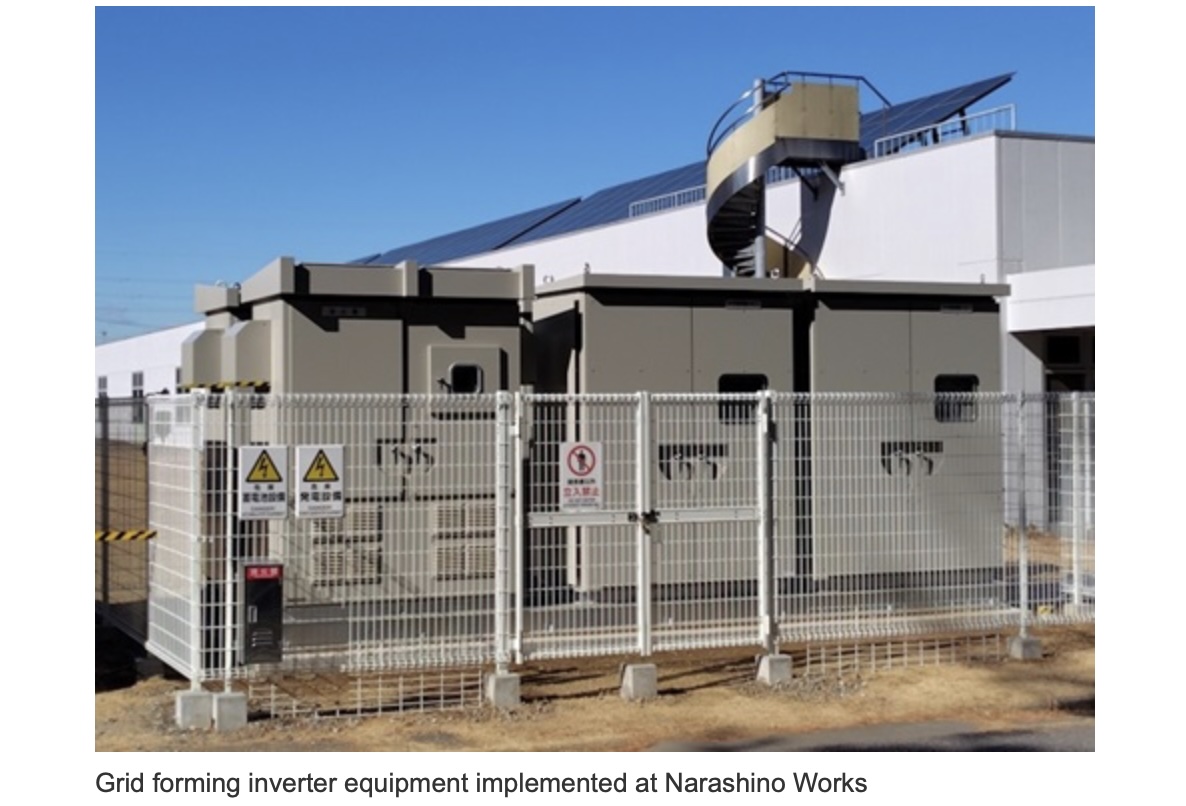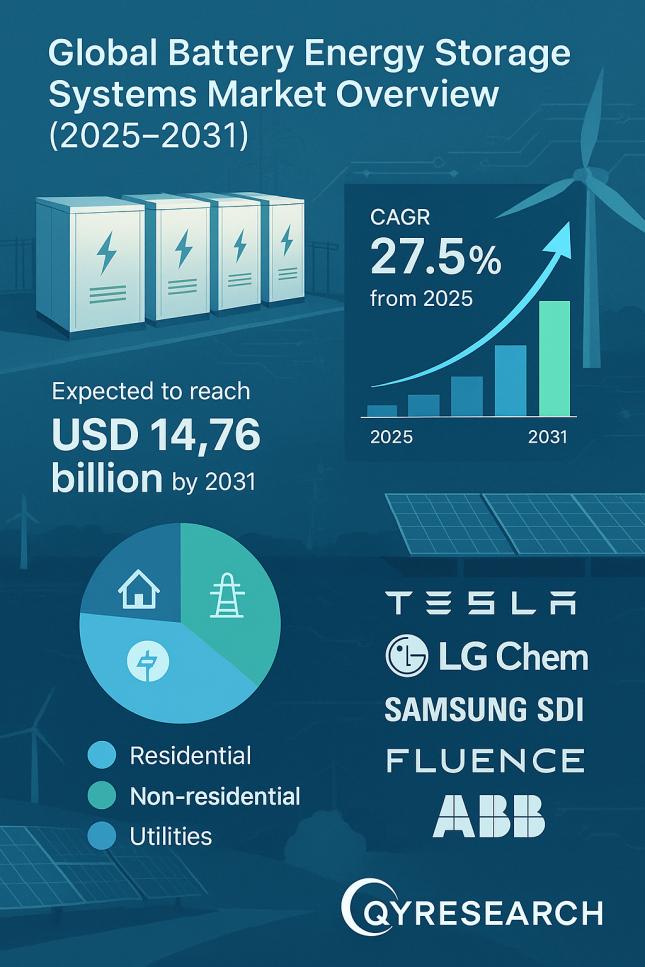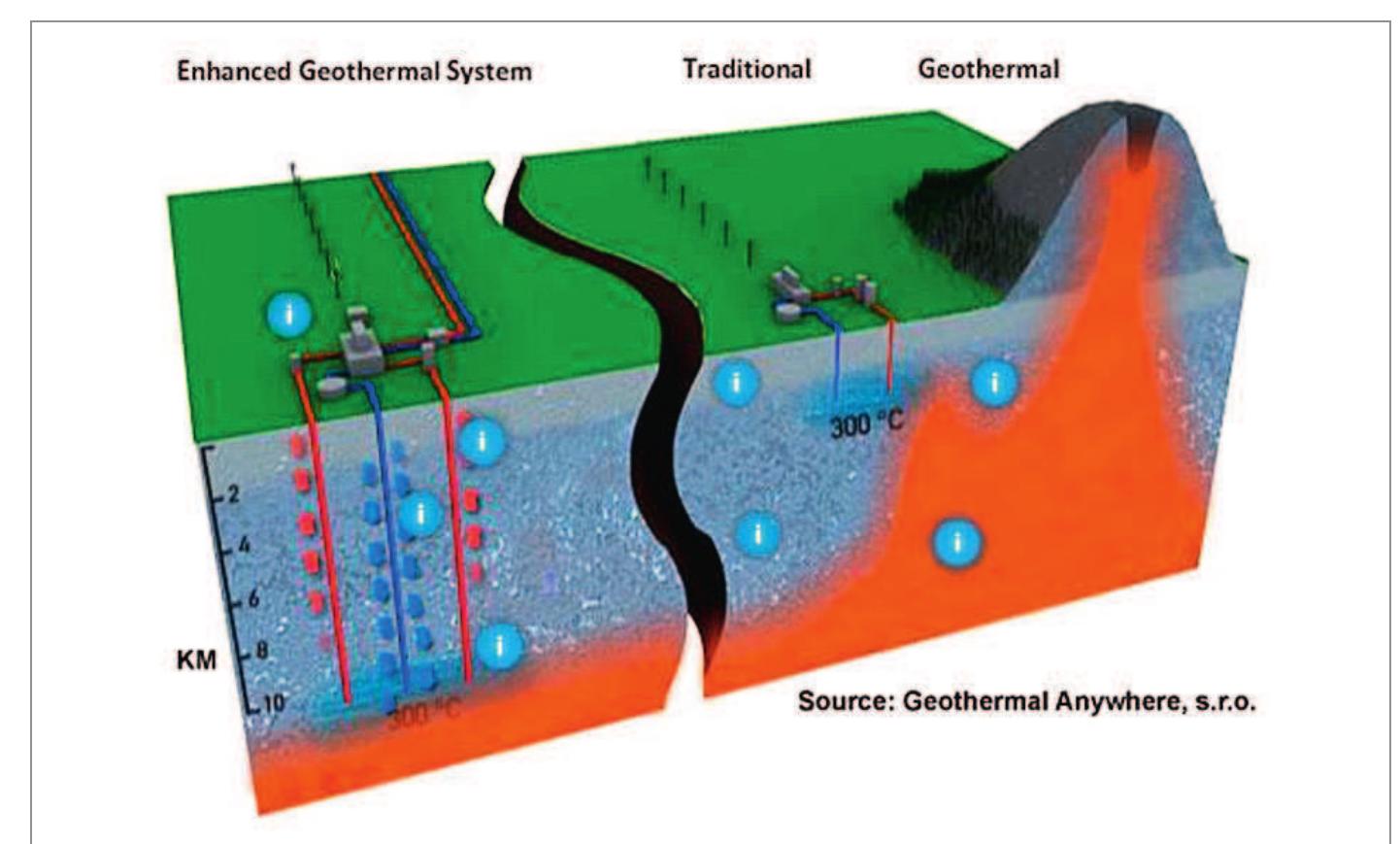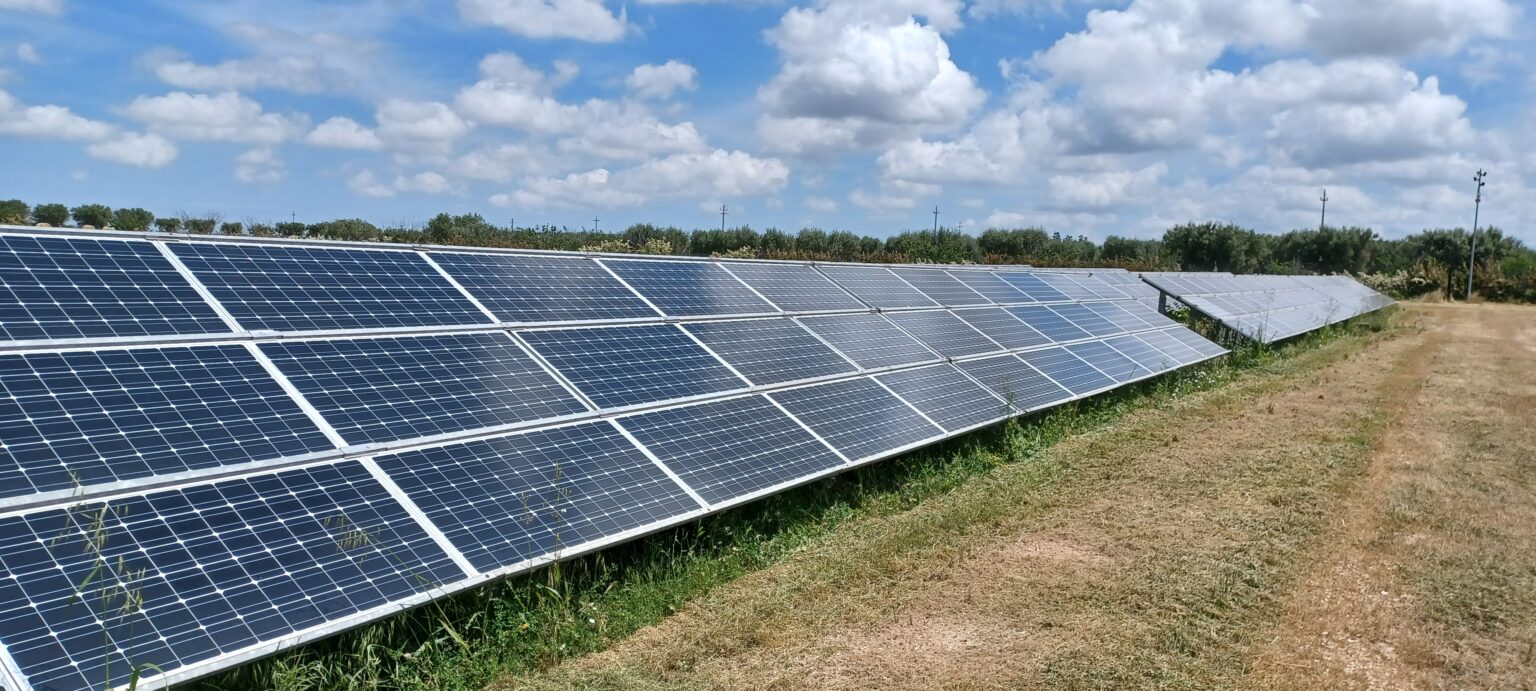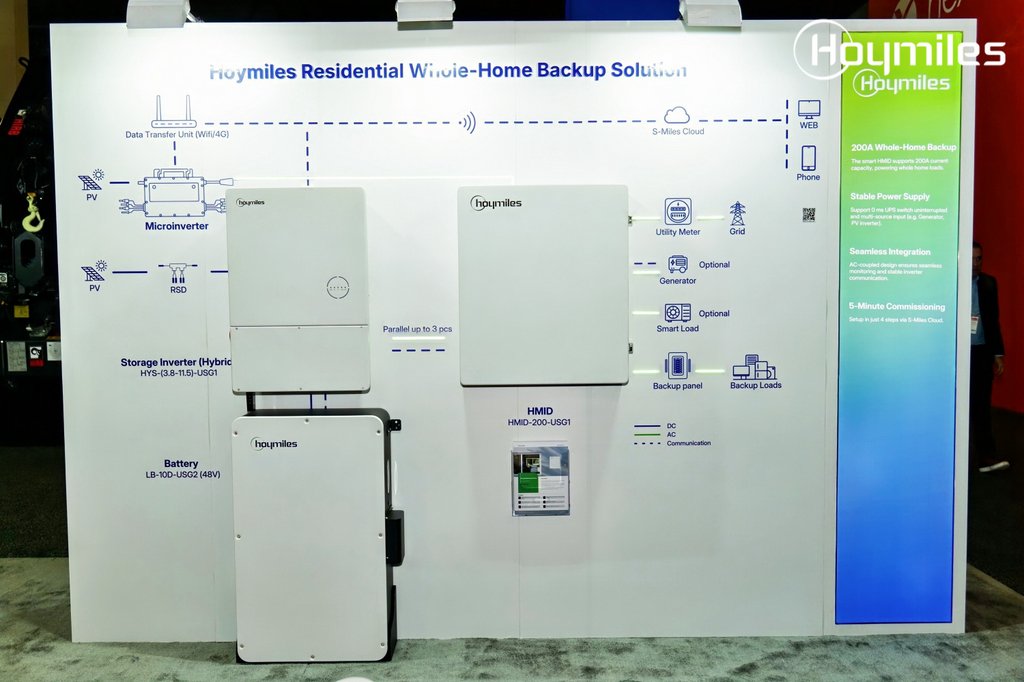Report on Hitachi Energy’s Network Manager and its Contribution to Sustainable Development Goals
System Overview and Core Functionality
Hitachi Energy’s Network Manager is a system designed to address increasing complexity in energy grid management. It provides enhanced control over power generation and distribution networks facing challenges such as energy source intermittency and extreme weather events. The system’s primary functions are:
- Acquisition and control of real-time, mission-critical data across generation, transmission, and distribution sectors.
- Harmonization of data, personnel, and systems to achieve maximum operational resiliency and reliability.
- Response management for dynamic system disruptions.
Alignment with Sustainable Development Goals (SDGs)
The Network Manager’s capabilities directly support the achievement of several United Nations Sustainable Development Goals by improving the resilience, reliability, and sustainability of energy infrastructure.
SDG 7: Affordable and Clean Energy
The system contributes to ensuring access to affordable, reliable, sustainable, and modern energy for all by:
- Managing the intermittency inherent in renewable energy sources like solar and wind, thereby facilitating their large-scale integration into the power grid.
- Enhancing grid stability, which is crucial for the reliable delivery of clean energy to consumers.
SDG 9: Industry, Innovation, and Infrastructure
The Network Manager promotes resilient infrastructure and fosters innovation through:
- Providing an innovative technological solution for modernizing critical energy infrastructure.
- Increasing the operational resiliency and reliability of generation, transmission, and distribution networks, which are foundational to industrial activity and economic development.
SDG 11: Sustainable Cities and Communities
The system supports the goal of making cities and human settlements inclusive, safe, resilient, and sustainable by:
- Improving the reliability of the urban power supply, a critical service for sustainable communities.
- Enhancing the grid’s ability to withstand and respond to disruptions caused by extreme weather events, thereby increasing urban resilience.
SDG 13: Climate Action
The technology takes urgent action to combat climate change and its impacts by:
- Enabling a higher penetration of renewable energy, which is essential for reducing greenhouse gas emissions from the power sector.
- Building resilience in energy systems against the increasing frequency of extreme weather, a direct consequence of climate change.
Conclusion: Future-Oriented System Design for Long-Term Sustainability
The Network Manager is designed with inherent flexibility to meet both current and future operational needs. This adaptability ensures that energy grids can evolve to incorporate new technologies and respond to changing environmental conditions, securing long-term contributions to global sustainability targets.
SDGs Addressed or Connected to the Issues Highlighted in the Article
-
SDG 7: Affordable and Clean Energy
- The article focuses on managing power grids, which is central to ensuring access to energy. The mention of “intermittency” strongly implies the integration of renewable energy sources like solar and wind, which are key components of clean energy. The goal of achieving “operational resiliency and reliability” directly supports ensuring universal access to affordable, reliable, and modern energy services.
-
SDG 9: Industry, Innovation, and Infrastructure
- The “Network Manager” product is presented as an innovation in energy infrastructure management. The article emphasizes building “resilient” infrastructure (“grid,” “generation, transmission, and distribution”) that can withstand disruptions, which aligns with the goal of developing quality, reliable, sustainable, and resilient infrastructure.
-
SDG 11: Sustainable Cities and Communities
- Reliable and resilient energy infrastructure is a cornerstone of sustainable and safe cities. By helping grids withstand “extreme weather,” the technology contributes to making human settlements more resilient to climate-related disasters, ensuring that essential services like power remain operational.
-
SDG 13: Climate Action
- The article directly mentions the challenge of “more extreme weather,” a consequence of climate change. The product aims to strengthen the resilience of energy systems to these climate-related hazards. Furthermore, by enabling the management of “intermittency” from renewable sources, it supports the transition to low-carbon energy systems, which is a critical climate change mitigation strategy.
Specific Targets Identified Based on the Article’s Content
-
SDG 7: Affordable and Clean Energy
- Target 7.2: “By 2030, increase substantially the share of renewable energy in the global energy mix.” The article’s focus on managing “intermittency” is a direct reference to the challenges of integrating variable renewable energy sources into the grid. A system that can handle this intermittency facilitates a higher share of renewables.
- Target 7.a: “By 2030, enhance international cooperation to facilitate access to clean energy research and technology… and promote investment in energy infrastructure and clean energy technology.” The Network Manager is a “clean energy technology” designed to upgrade “energy infrastructure.”
-
SDG 9: Industry, Innovation, and Infrastructure
- Target 9.1: “Develop quality, reliable, sustainable and resilient infrastructure… to support economic development and human well-being.” The article explicitly states the product’s purpose is to achieve “maximum operational resiliency and reliability” for the grid.
-
SDG 11: Sustainable Cities and Communities
- Target 11.5: “By 2030, significantly reduce… the direct economic losses relative to global gross domestic product caused by disasters…” A resilient grid that can withstand “extreme weather” and “dynamic system disruptions” helps minimize economic losses from power outages caused by disasters.
-
SDG 13: Climate Action
- Target 13.1: “Strengthen resilience and adaptive capacity to climate-related hazards and natural disasters in all countries.” The article directly addresses this by offering a solution to manage grids in the face of “more extreme weather,” which enhances adaptive capacity to climate hazards.
Indicators Mentioned or Implied in the Article
-
Implied Indicators for Grid Reliability and Resilience
- The text does not state specific quantitative indicators, but its emphasis on responding to “dynamic system disruptions” and achieving “operational resiliency and reliability” implies metrics used to measure grid performance. These could include:
- Reduction in the frequency and duration of power outages, especially during “extreme weather” events.
- Improved grid stability metrics when integrating intermittent renewable sources.
- Reduced system recovery time after a disruption.
- The text does not state specific quantitative indicators, but its emphasis on responding to “dynamic system disruptions” and achieving “operational resiliency and reliability” implies metrics used to measure grid performance. These could include:
-
Implied Indicator for Renewable Energy Integration
- The ability to manage “intermittency” implies an indicator related to the percentage of renewable energy that can be successfully integrated into the grid without compromising stability. This directly relates to measuring progress towards Target 7.2.
SDGs, Targets and Indicators Analysis
| SDGs | Targets | Indicators (Implied from Article) |
|---|---|---|
| SDG 7: Affordable and Clean Energy | 7.2: Increase the share of renewable energy. | Capacity to manage grid “intermittency,” allowing for a higher percentage of renewable energy integration. |
| SDG 9: Industry, Innovation, and Infrastructure | 9.1: Develop quality, reliable, sustainable and resilient infrastructure. | Measures of “operational resiliency and reliability” of the power grid; reduction in “system disruptions.” |
| SDG 11: Sustainable Cities and Communities | 11.5: Reduce economic losses from disasters. | Continued grid operation and reduced downtime during “extreme weather” events. |
| SDG 13: Climate Action | 13.1: Strengthen resilience and adaptive capacity to climate-related hazards. | The grid’s ability to withstand and respond to “extreme weather” and other climate-related hazards. |
Source: hitachienergy.com
